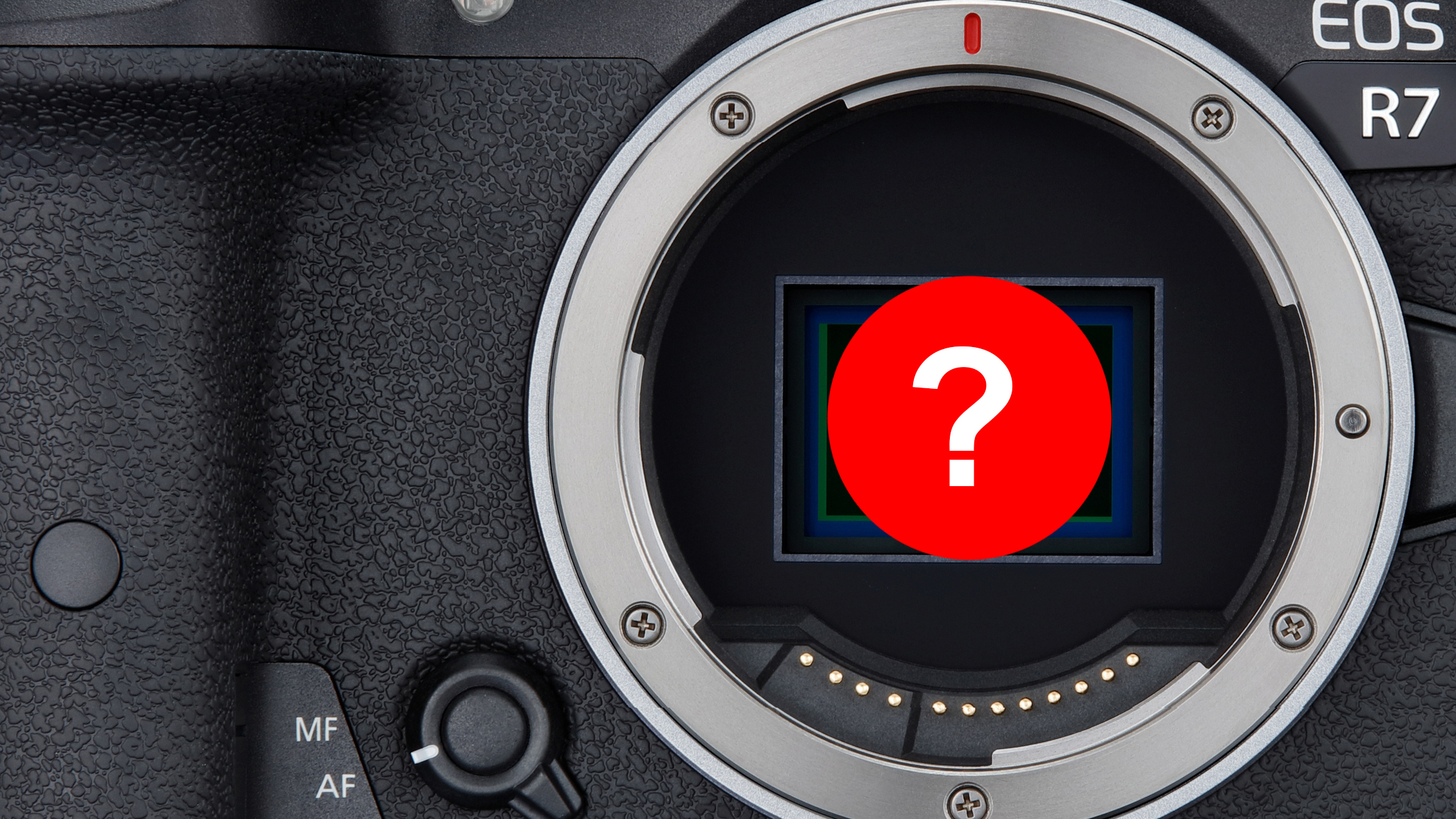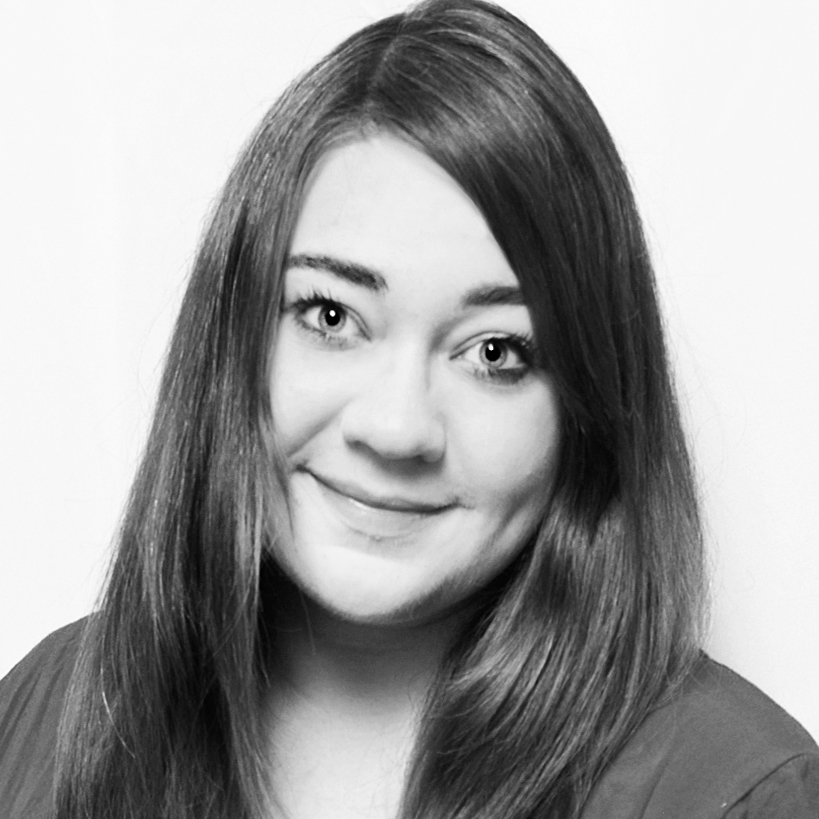Will the Canon EOS R7 Mark II be Canon's first APS-C camera with a stacked sensor – and no mechanical shutter? Here's the latest rumor
What the rumored specs reveal about Canon's next APS-C mirrorless contender and how it stacks up against the competition

The Canon EOS R7 Mark II has been eagerly awaited as a potential leap forward for Canon's APS-C mirrorless lineup, poised to challenge Fujifilm's popular X-series cameras. Recently, a set of rumored specifications has begun making rounds online.
Canon Rumors – proven to be a reliable source in the past – shared specifications for the upcoming EOS R7 Mark II model. And with the IFA and IBC trade shows coming up in September, Canon fans may expect that the stage is set for an official reveal in the latter part of 2025.
One rumored spec is holding strong ground. As I reported early this year, it now looks very likely that the R7 Mark II will feature an electronic shutter only. If you're interested in this potential Canon first, you can read more details here. Now, let's use the time, take a look at the rumored specs, and put them into perspective...
Specs Canon EOS R7 Mark II (unconfirmed)
33MP APS-C stacked CMOS sensor
One of the most talked-about aspects is the sensor. Contrary to expectations that Canon would push for a 40MP sensor to match rivals like Fujifilm X-T5, the R7 Mark II appears to stick with a 33MP APS-C stacked CMOS sensor. This is only a modest increase over the original R7's 32.5MP sensor. The stacked sensor, however, should enhance speed and efficiency significantly.
DIGIC X & DIGIC Accelerator
A new addition to the camera's processing power could be the DIGIC Accelerator, paired with the DIGIC X processor. This duo is expected to improve data throughput, enabling faster burst shooting and more efficient real-time processing – benefits that will be visible in high-speed photography or video work.
8.5 Stops of in-body stabilization
If the R7 Mark II features 8.5 stops of IBIS, we will see a considerable upgrade over the 5 stops found in the R7. This level of stabilization surpasses the Sony A6700's 5 stops and even Fujifilm's X-H2, which offers 7 stops, making the R7 Mark II an impressive contender for handheld shooting in challenging conditions.
2.36 million-dot OLED screen
The new EVF could feature the same 2.36 million-dot OLED panel found on the original R7. Some Canon fans have voiced disappointment online, especially as competitors like Fujifilm offer much higher resolution EVFs – such as the X-H2's 5.76 million dots. While Sony A6700 and the Nikon Z30 are these rumored specs, keep in mind they were launched in 2023 and 2022.....
The best camera deals, reviews, product advice, and unmissable photography news, direct to your inbox!
40fps electronic shutter
The R7 Mark II is rumored to be Canon's first EOS R-series camera to rely solely on an electronic shutter. We've seen this trend already in Nikon's Z8 or Z9. An electronic shutter would allow the R7 Mark II to reach an impressive 40fps shooting speed. Among its APS-C peers, only Fujifilm's X-H2 offers comparable high-speed performance.
Pre Continuous Shooting
Adding to its action credentials would be an inclusion of Pre Continuous Shooting – a feature not available on the original R7 – where images are being captured before you press the shutter release. Paired with the ultra-fast 40fps rate, this feature could make the R7 Mark II more competitive with professional-grade cameras.
In-Camera upscaling
Another rumored upgrade: In-camera upscaling, which was absent from the original R7. Upscaling is a feature for APS-C cameras, and internally increasing image and video resolution would provide greater flexibility in post-production, a big plus for hybrid shooters.
4K120 10-Bit with CLog-3
Speaking of video, the R7 Mark II is expected to support 4K at 120 frames per second with 10-bit color and Canon Log 3 – this would be a big improvement over the R7 and would match Sony and Fujifilm's higher-end video features.
Larger Form Factor
The R7 Mark II might feature a larger form factor compared to its predecessor. While this means the camera may be less compact, it could translate to better ergonomics and handling.
You might like...
Check out the latest Canon rumors. You might be interested in our guides about the best Canon cameras and the best Canon RF lenses.

Kim is a photographer, editor and writer with work published internationally. She holds a Master's degree in Photography and Media and was formerly Technique Editor at Digital Photographer, focusing on the art and science of photography. Blending technical expertise with visual insight, Kim explores photography's time-honored yet ever-evolving role in culture. Through her features, tutorials, and gear reviews, she aims to encourage readers to explore the medium more deeply and embrace its full creative potential.
You must confirm your public display name before commenting
Please logout and then login again, you will then be prompted to enter your display name.
